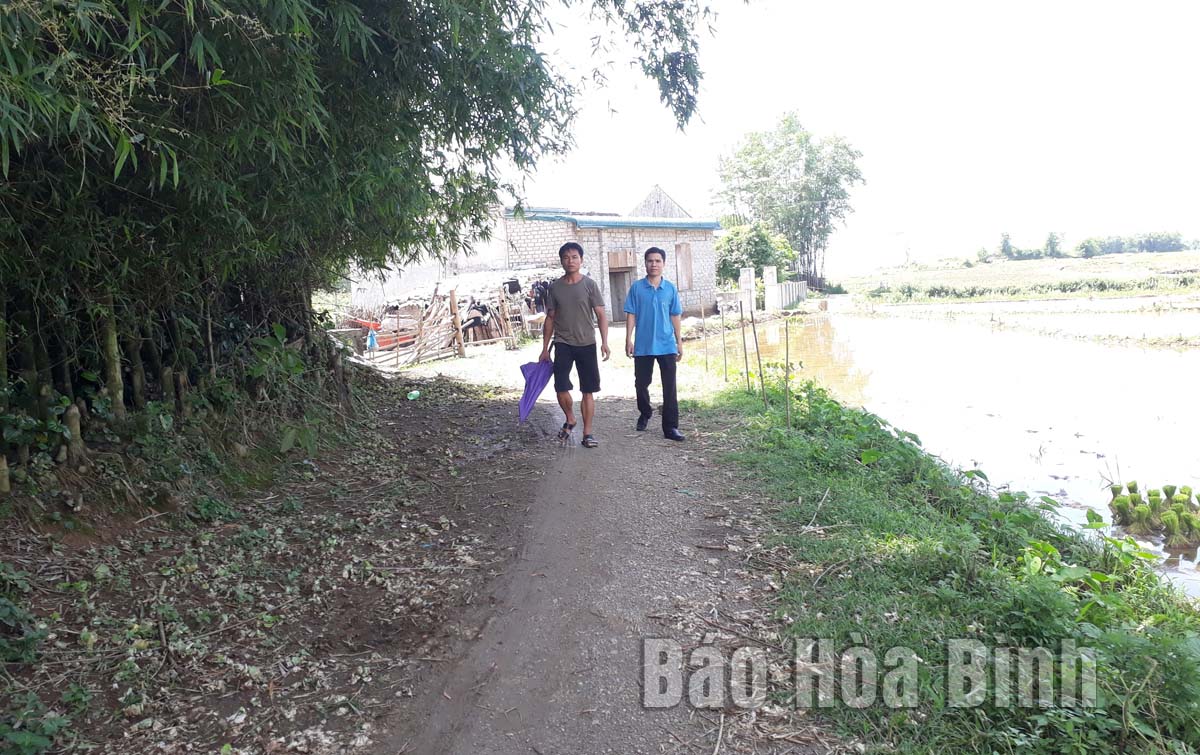



In the coming time, Tan Lac plans to invest in transport infrastructure to create a driving force for economic development in ethnic-inhabited areas. Photo: A road in Tam Bat hamlet, Phu Cuong commune.
Tan Lac district has all 16 communes and town with 146 out of the 159 hamlets belonging to mountainous and ethnic-inhabited areas, of which nine communes and nine hamlets have extremely difficult backgrounds. Through programmes and projects, hamlets and communes in these areas have got a facelift.
Bui Thi Hang, deputy head of Tan Lac’s Desk for Ethnic Minority Affairs, said that through Programme 135 on poverty reduction, many traffic and clean water works and canals were built in disadvantaged communes, and mountainous and ethnic-inhabited areas. Many production support projects have been effectively implemented by the district, contributing to ensuring people's livelihoods.
In a plan to implement the National Target Programme for Socio-Economic Development of the Mountainous and Ethnic-Minority Regions in the 2021-2025 period, the district has set specific goals, in which the average poverty rate in these areas will be reduced by 2.5 - 3%; and 4-4.5% in the extremely difficult communes. The district also aims to bring into full play potential and advantages of localities in these areas, promote innovation and economic development, ensure social welfare and sustainable poverty reduction, and gradually narrow the gap in living standards and average income.
To achieve those targets, Tan Lac is determined to step up disseminations, pay attention to investment in infrastructure. The total capital demand for implementing the National Target Programme for Socio-Economic Development of the Mountainous and Ethnic-Minority Regions is over 1.119 trillion VND (47.7 million USD), of which over 594 billion VND will be invested in essential infrastructure for production and daily life, including building roads in hamlets, and those to production zones; bridges, pipes, and irrigation and electricity works, classrooms, and medical facilities. This will be an important motivation for Tan Lac district to improve the quality of life and create positive changes in mountainous and ethnic minority areas./.